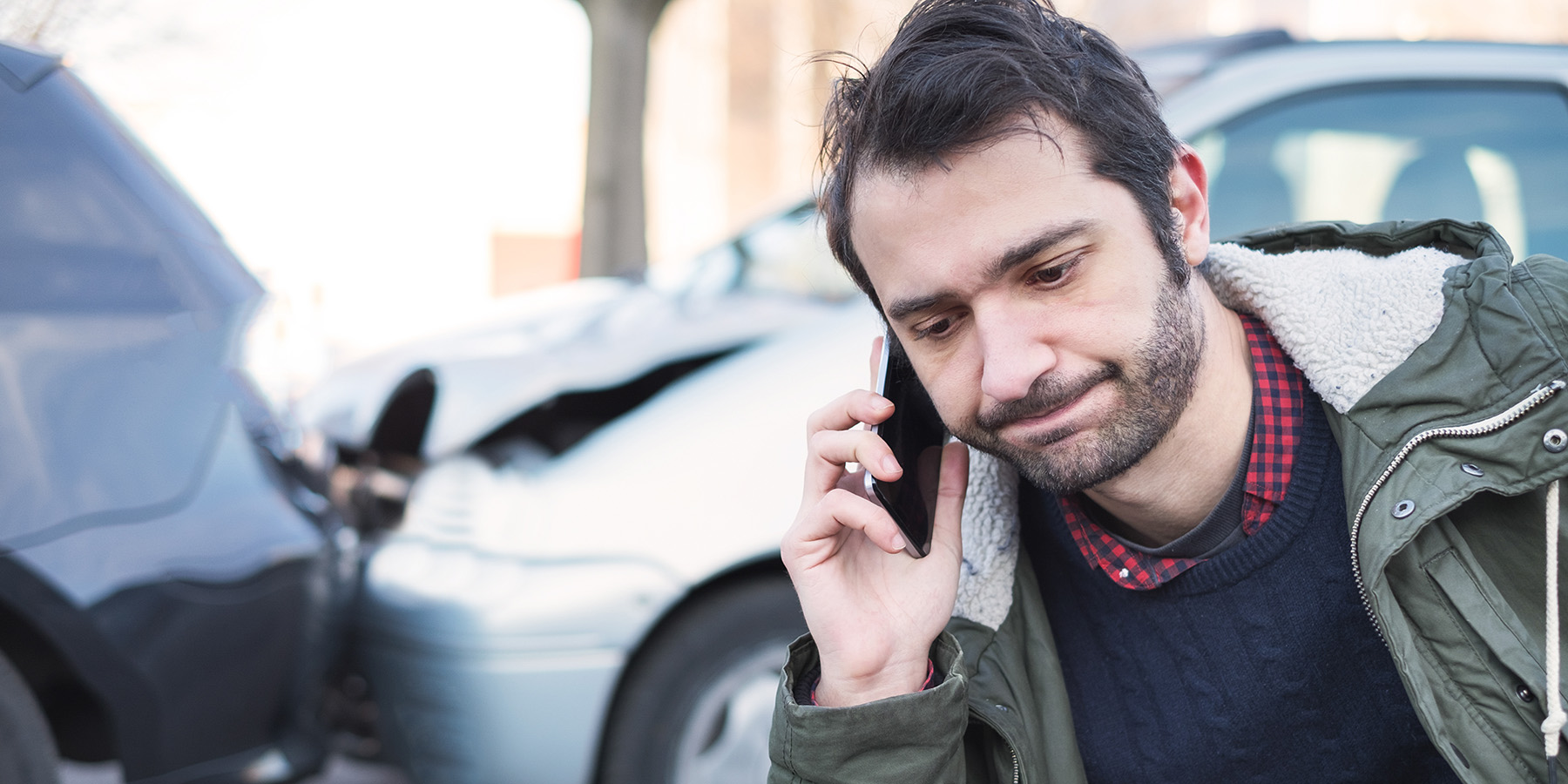According to ASTRA, around 55,000 accidents take place on Swiss roads every year. “About half of all serious and fatal injuries sustained by vehicle occupants are due to skidding accidents or single vehicle accidents,” says Roland Allenbach, Head of Road Traffic Research at the Swiss Council for Accident Prevention (bfu). The main causes, says Allenbach, are non-adapted or excessive speed and alcohol consumption. “The other half are caused by collisions.” The most frequent reasons here are failure to give way, inattentiveness and distraction. There are many sources of distraction: from telephoning with or without a hands-free system, to reading and writing SMS and e-mails, to operating the radio, the navigation system or other devices. Eating, drinking, smoking, applying make-up or even putting on or taking off clothes can also act as a distraction. And finally, the state of mind must not be underestimated.


